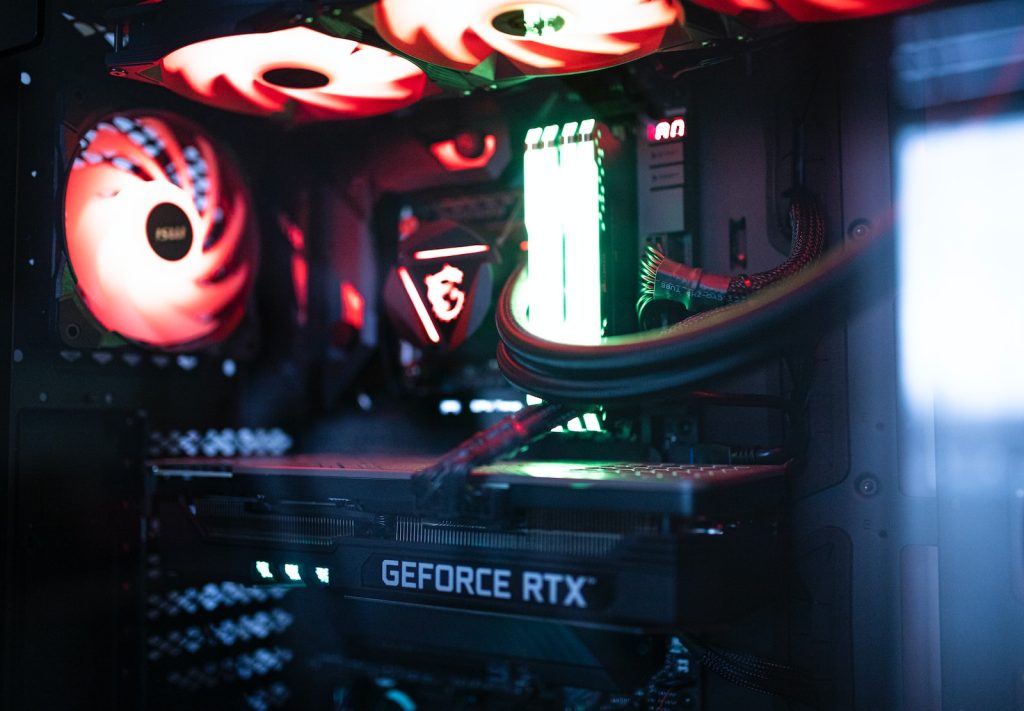Every four years, a seismic event rocks the Bitcoin network: the halving. It’s not a literal splitting of the blockchain, but a fundamental shift in its economic engine, with profound implications for both investors and miners. So, buckle up, because we’re diving into the halving’s technicality and its impact on the crypto scene.
Demystifying the Halving:
Imagine the Bitcoin network as a gold mine. Miners toil away, verifying transactions and adding new blocks to the chain. In return, they’re rewarded with freshly minted Bitcoin. But unlike a gold mine with infinite ore, Bitcoin has a pre-determined maximum supply of 21 million coins. To control the release of these coins, the halving mechanism kicks in.
Every 210,000 blocks (roughly every four years), the reward for mining a block gets cut in half. For instance, in 2020, the reward went from 12.5 to 6.25 Bitcoin per block. The next halving is expected in April 2024, further reducing the reward to 3.125 Bitcoin.
Investor Impact: Scarcity Breeds Value?
The halving’s primary effect is on Bitcoin’s scarcity. By releasing fewer coins into circulation, it theoretically creates a supply squeeze, potentially triggering a price increase. Historically, halvings have been followed by bull runs, but the future is never guaranteed. Investors should remember that this is a complex market influenced by various factors, and past performance doesn’t predict future results.
Miner Mayhem: From Feast to Famine?
For miners, the halving cuts their paycheque in half. This might initially discourage some smaller players, leaving the field open for larger operations with better equipment and economies of scale. Additionally, the reduced block reward increases competition for transaction fees, which miners also collect. Miners might need to adapt by finding new revenue streams or focusing on transaction validation with higher fees.
The Halving’s Echo: Beyond the Immediate Shock
The halving’s impact extends beyond the initial price and mining adjustments. It sets a new trajectory for the entire Bitcoin ecosystem. Here are some potential long-term implications:
- Increased focus on efficiency: Miners will need to find ways to operate more efficiently to maintain profitability.
- Shift to renewable energy: The energy cost of mining becomes more significant with lower rewards, potentially pushing miners towards renewable energy sources.
- Evolution of mining pools: Collaboration through mining pools might become even more essential for smaller miners.
The Final Word: Buckle Up for a Bumpy Ride
The Bitcoin halving is a significant event with potential consequences for both investors and miners. While it’s impossible to predict the future with certainty, understanding the halving’s mechanics and its historical impact can help you navigate the potential price shifts and adapt your own crypto strategy. Remember, research is key, and responsible investment should always be your guiding principle.


 Bitcoin
Bitcoin  Ethereum
Ethereum  Tether
Tether  XRP
XRP  USDC
USDC  Solana
Solana  Dogecoin
Dogecoin  Cardano
Cardano  TRON
TRON